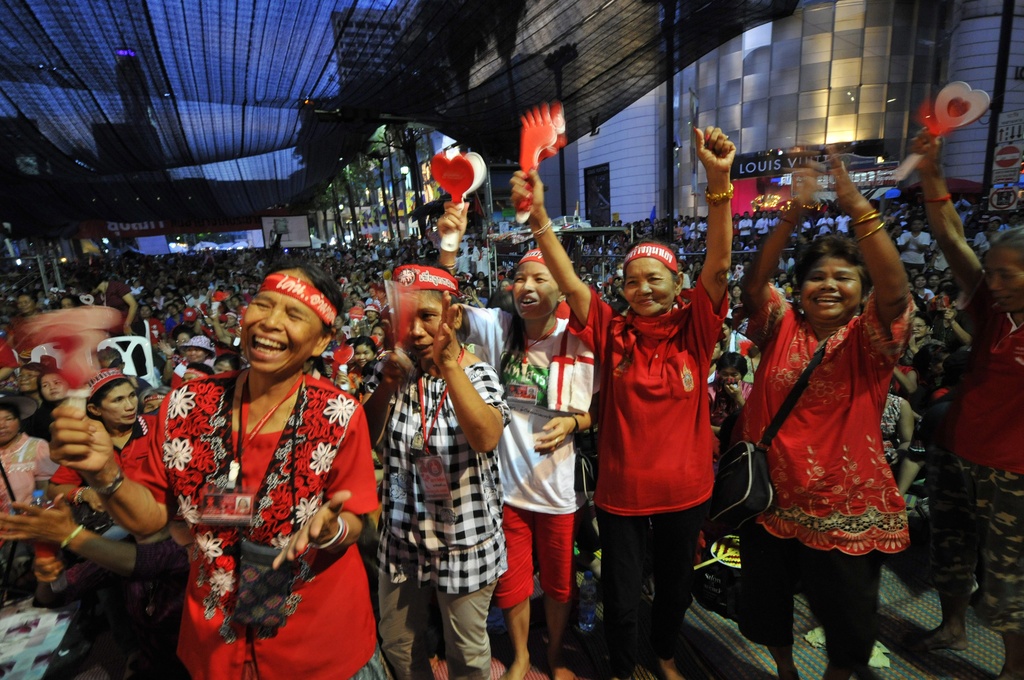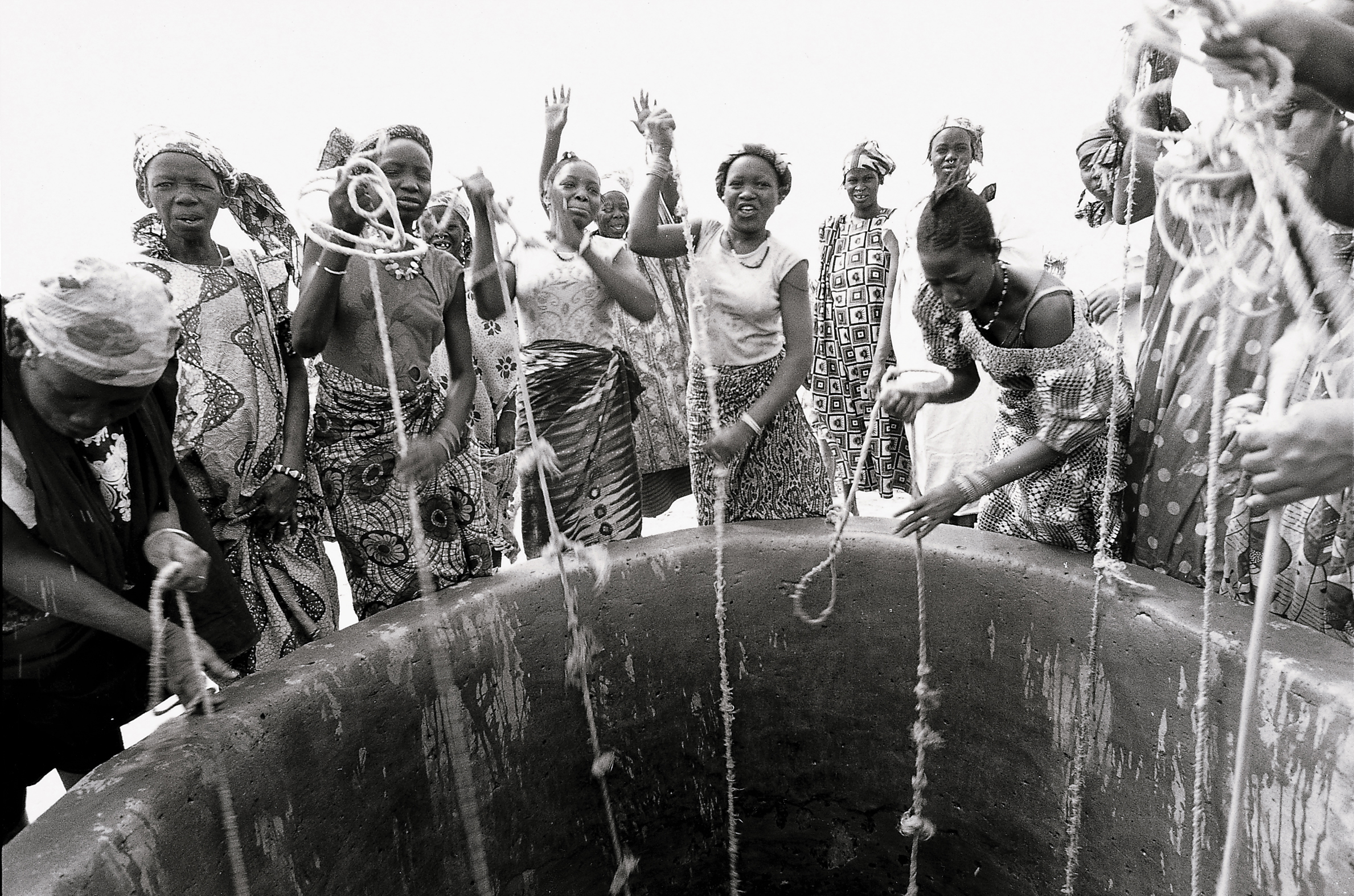“Mud, mud, mud everywhere”

Swiss aid workers have returned from the Philippines where a devastating typhoon caused flooding that killed more than 1,000 people a week before Christmas.
Hundreds of thousands of people were left homeless after typhoon Washi hit the southern cities of Cagayan de Oro and Iligan on December 17, 2011. Whole neighbourhoods were wiped out after landslides and flash floods caused by the typhoon devastated local communities.
Claudio Valsangiacomo, head of the team of six water and logistics experts sent to the disaster zone by the Swiss Humanitarian Aid Unit, tells swissinfo.ch the effects of the flood were similar to those left in the wake of the tsunami that struck Indonesia in 2004.
swissinfo.ch: You’ve just returned from two weeks in the Philippines. Can you describe the scenes that confronted you upon your arrival?
Claudio Valsangiacomo: It was nothing like the floods that we are used to. It was more like a tsunami for its intensity and devastation, but especially because of the time involved; water rose six to ten metres within a very few hours, in some places within a few minutes, and completely wiped out some neighbourhoods close to the river within minutes. If you walk in a small range close to the river, as soon as you leave the river area then you don’t see the devastation anymore, so it was really like the tsunami in 2004 that hit Indonesia.
By the time we arrived all of the water had receded and the river was back to its original state. There were a few neighbourhoods which were completely wiped out but then gradually you start to see others that are only partially damaged and the mud. Mud, mud, mud everywhere.
swissinfo.ch: What was the task of the Swiss humanitarian team?
C.V.: Our main task was water. Drinking water is a major problem because floods contaminate most sources of drinking water. Cagayan de Oro is a city of about half a million people including the suburbs, and the big problem was that the main pipe distributing water to a vast area of the city was completely broken. More than 50 per cent of the city was without water. The local authorities began trucking in water from the day after the flood but that is difficult because first of all you need lots of trucks, and the other problem is you cannot guarantee the quality of water.
The first thing we did was bring in a water laboratory to replace the one which was destroyed by the flood. Over two days, we trained the local people in how to use it and so were able to re-establish the capacity to measure water quality in the city of Cagayan de Oro. This also helped to rehabilitate the sources of water, such as bore holes, that were flooded. These bore holes, and also the trucked water, needed to be analysed and then disinfected by chlorination.
For us the big concern was the delivery of drinking water to the thousands of evacuees in the evacuation camps. When we arrived there was no drinking water or sanitation facilities in most of these camps. We distributed 12 “water bladders” with a total volume of 80 cubic metres to camps in Iligan and Cagayan de Oro which provided safe water for about 10,000 people. We also constructed 33 latrines in Iligan to guarantee better sanitation for evacuees.
Our last task was to start a big clean-up in one of the most affected neighbourhoods of Cagayan de Oro which was a mixed Christian/Muslim neighbourhood. We enlisted the help of local community leaders and organised a “cash for work” scheme where teams of three or four people were each paid 250 pesos (SFr5.41) a day to clean up the mud. We think this will be finished by Tuesday. For this we partnered with Holcim, a Swiss company operating in the area, which helped us with rental of heavy machinery such as trucks and excavators.
swissinfo.ch: What are the most pressing issues facing the populations in the affected areas now. Food, shelter, grief?
C.V.: Water and sanitation is still a problem which is not 100 per cent resolved. Neither is food. The population which was affected was already a vulnerable population, especially those living along the river. After two weeks the major problem they are facing is the issue of relocating all these hundreds of thousands of people. At the moment they are being housed in the schools but soon the children will need to go back to school. Where to put them?
swissinfo.ch: What are the risks of disease?
C.V.: For the moment there is not a major risk of epidemic disease even though there is an increase in respiratory disease and dysenteric disease like diarrhoea which is quite normal for a stressed population living in camps, especially during the monsoon in Asia. What they have now is an increase of leptospirosis which is a bacterial disease caused by walking around in the muddy area and in contact with faecal contaminated water. The bacteria penetrates the skin and causes flu-like symptoms.
swissinfo.ch: The Philippines is no stranger to floods, but this event occurred in the south of the country which is quite unusual. How have the local people reacted to the devastation?
C.V.: It is definitely unusual. Human memory is very short, so people don’t remember what happened 100 or 200 years ago. And of course then, the urbanisation of the areas close to the river was not like it is now. The problems of the floods are very much related to the demographic explosion of these cities which were probably ten times smaller 50 years ago.
The Filipinos are very resilient people. They are able to cope with the disaster using their own resources, already within a few days we have seen people starting to reconstruct their houses.
The Swiss Humanitarian Aid Unit (SHA) is a militia corps with a pool of around 700 people ready for duty and who are divided up into professional groups according to their knowledge and abilities.
The SHA is one of the Swiss government’s humanitarian aid instruments which is available for direct actions and supports international organisations.
The SHA also works increasingly with international organisations involved in humanitarian activities such as the UN High Commissioner for Refugees (UNHCR), the World Food Programme (WFP), the Office for the Coordination of Humanitarian Affairs (UN-OCHA), the United Nations Children’s Fund (UNICEF), the United Nations Relief and Works Agency for Palestine Refugees in the Near East (UNRWA).
The SHA supports the affected population during and after conflicts and natural disasters. There are currently around one hundred SHA members working on field missions in over 30 different countries. Im most cases, project managers and high-level personel manage the projects in cooperation with local staff. Globally, the projects employ several hundred local co-workers.
(Source: Foreign ministry)

In compliance with the JTI standards
More: SWI swissinfo.ch certified by the Journalism Trust Initiative












You can find an overview of ongoing debates with our journalists here . Please join us!
If you want to start a conversation about a topic raised in this article or want to report factual errors, email us at english@swissinfo.ch.